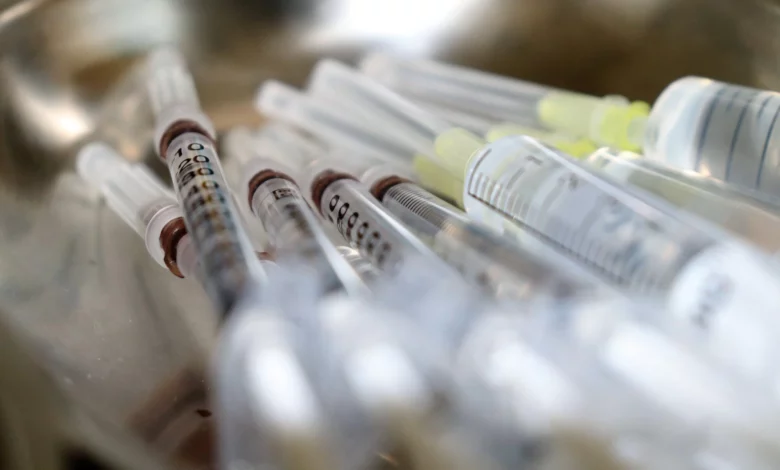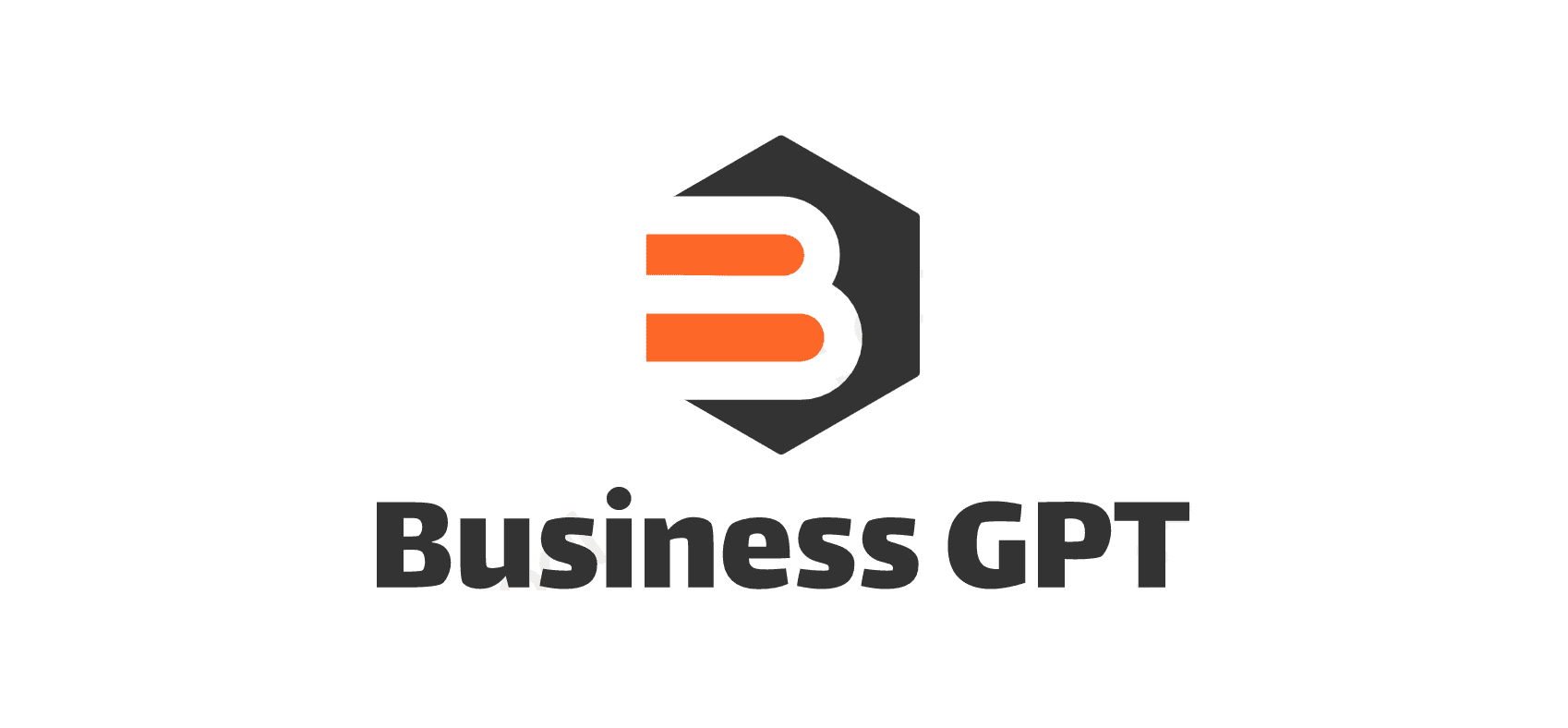Understanding the Different Parts of a Syringe

There are hundreds of different types and variations of needles. But today, we are focusing on the most popular, the syringe.
Syringes are foundational tools in many industries, from manufacturing to healthcare. They come in many sizes, materials, and configurations. The most common forms of healthcare are sterile injections and withdrawal syringes, but there are other types for particular purposes.
While syringes are incredibly useful, many users and patients need help understanding how they work. Let’s change that by defining the different parts of a needle.
Read on until the end of this article and learn more.
Barrel
The barrel is the long, cylindrical tube that forms the main body of the syringe. It typically features clear markings, indicating the volume of fluid it can hold. These markings are essential for accurate measurements and dosages.
Barrels come in various sizes, catering to different medical needs. When selecting a syringe, choosing the appropriate barrel size and knowing the different types of injections is crucial.
Plunger
The plunger is a moveable component inside the barrel, usually made of rubber or synthetic materials. It fits snugly inside the barrel and creates a seal to prevent leakage.
When the plunger is pushed, it expels the medication or fluid from the syringe. Conversely, pulling the plunger backward draws the drug into the syringe, facilitating proper filling.
Needle
The needle is the most recognizable part of a syringe. Depending on the specific medical procedure, it comes in various lengths and gauges. The right syringe needle is essential for ensuring a smooth and painless experience for the patient.
Needle Cap
The needle cap covers and protects the needle tip, ensuring it remains sterile until ready for use. Sterility is crucial in medical procedures to prevent infections and complications. Always confirm the needle cap is intact and remove it before administering the medication.
Needle Hub
The needle hub is the component that connects the needle to the syringe. It securely holds the hand in place, preventing it from detaching during use. Needle hubs are often color-coded, providing quick identification of needle gauge sizes.
Flange
The flange, also known as the finger grip or finger rest, is a flat, disc-like structure near the barrel’s base. Its purpose is to provide stability during injections and allow medical professionals to grip the syringe better while administering injected medication.
Barrel Lumen
The barrel lumen is the hollow space inside the barrel where the medication is held. The clear markings on the barrel help medical professionals measure the precise amount of medication required for the patient. Accuracy in measurements is crucial, as incorrect dosages can lead to severe consequences.
Thumb Press
At the end of the plunger, there is a thumb press, which controls the movement of the plunger inside the barrel. Medical professionals can carefully administer the medication at the desired rate by exerting pressure on the thumb press.
Learn About the Parts of a Syringe
Syringes are a vital tool in today’s medical world. Understanding the various parts of a syringe gives the reader a better appreciation of how valuable syringes genuinely are. Learning more about the features and effects of syringes on medical practice is essential to understanding their effectiveness, making them invaluable to a practitioner.
To better understand syringes, it is best to learn through firsthand experience. So, please take an opportunity to observe a needle being used and discover its greatness firsthand.
Check out the rest of our site if you find this helpful article!




